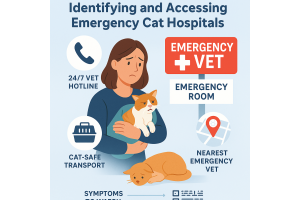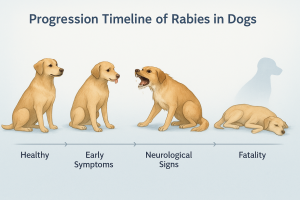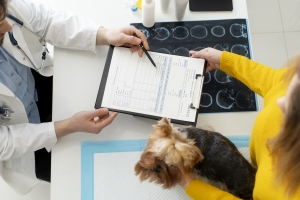Comprehensive Guide to Dog Bite Treatment

Dog bites, whether minor or severe, require immediate attention to prevent infection and other complications. Here’s a comprehensive guide to handling dog bite injuries and ensuring proper treatment.
1. Immediate First Aid for Dog Bites
The first step after a dog bite is to provide immediate first aid to reduce the risk of infection:
- Clean the Wound: Gently wash the bite area with soap and water for at least 5 minutes. This helps remove dirt and bacteria from the wound.
- Stop the Bleeding: If the bite is bleeding heavily, apply gentle pressure with a clean cloth or bandage to stop the flow of blood. If the bleeding continues for more than 10 minutes, seek medical attention.
- Apply Antiseptic: After cleaning the wound, apply an antiseptic ointment to help prevent infection.
- Cover the Wound: Use a sterile bandage to cover the bite and keep it clean until you can seek medical care.
2. Seek Professional Medical Attention
Even if the bite seems minor, it’s important to seek medical attention. A healthcare professional will assess the wound, determine if rabies treatment is necessary, and prescribe antibiotics if an infection is likely.
- Tetanus Shot: If the dog bite is deep and the wound is at risk for tetanus infection, a tetanus shot may be necessary.
- Rabies Treatment: If the dog that bit you is not known to be vaccinated against rabies or is a stray, rabies vaccinations will be administered immediately.
3. Monitoring the Wound
Once treated, it’s important to monitor the wound for signs of infection. Symptoms of infection may include:
- Redness and Swelling
- Increased Pain
- Pus or Discharge from the Wound
- Fever
If any of these symptoms develop, return to the doctor for further treatment.
4. Preventing Future Bites
To prevent dog bites in the future, always approach unfamiliar dogs cautiously. Be gentle and calm as you approach, from the side, never from the front or back as that can make the dog feel threatened.Never attempt to touch a dog without the parent's permission, especially if the dog is showing signs of aggression or fear. Educate children about safe behaviour around dogs and always supervise interactions between kids and pets.






